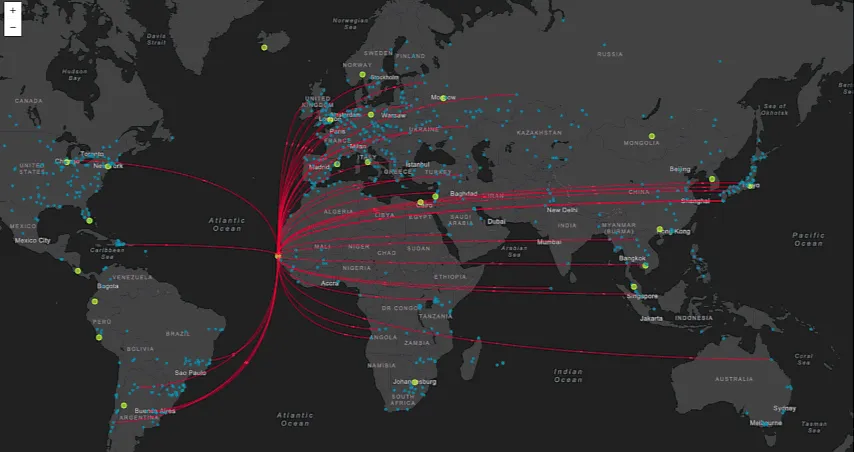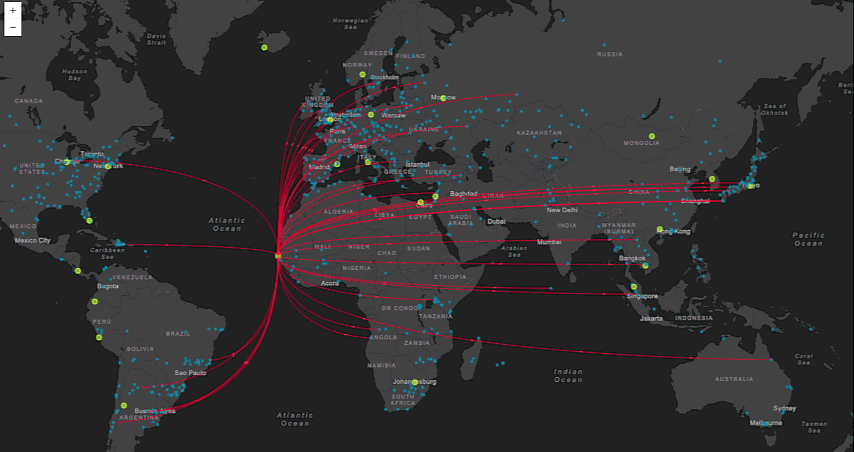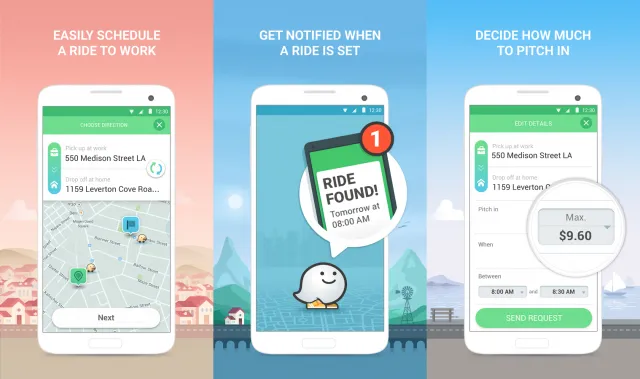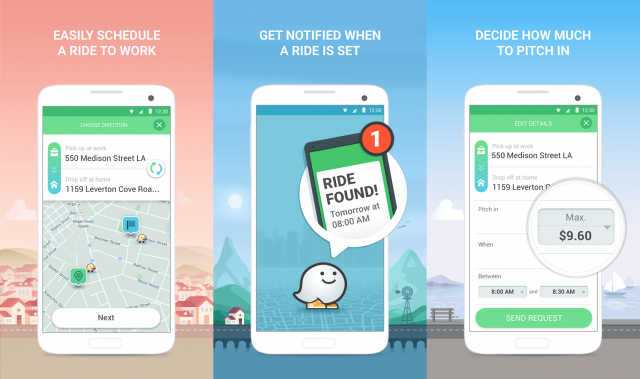
Flow mapping finally available in ArcGIS Online
If you have ever faced the challenge of visualizing a flow of things on the map, you know that it’s not an easy task. There are multiple workarounds to do it but it was always a struggle. Common solutions for dynamic flow mapping include using straight lines and geodesic lines, both of which have significant visual limitations.
A new library for the ArcGIS JavaScript API called The Canvas Flowmap Layer allows you to solve this problem and map the flow of objects from an origin point to a destination point in an easy way. The solution is based on Bezier curves. The directionality of the flow can be mapped by using the info whether the curve is convex or concave but it can be also visualized as moving dots.
Let us know when you will be able to play around and it in practice.








